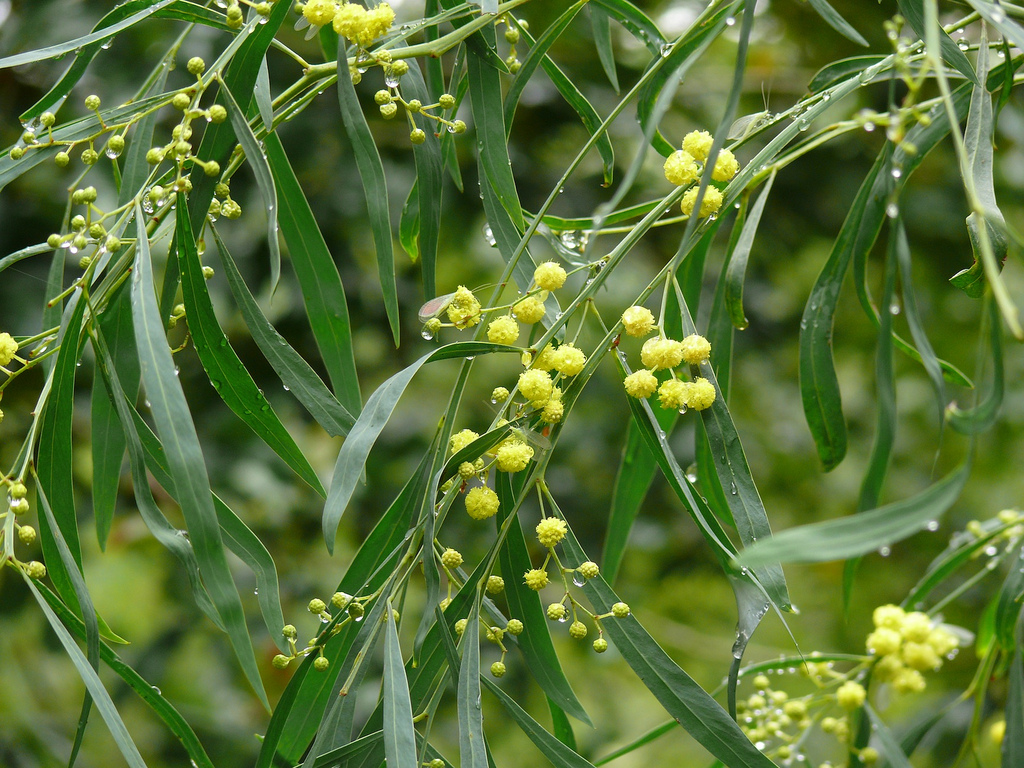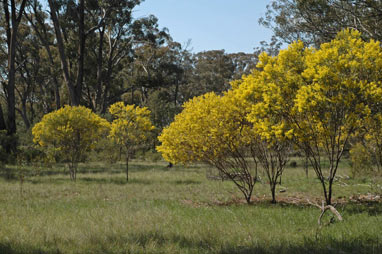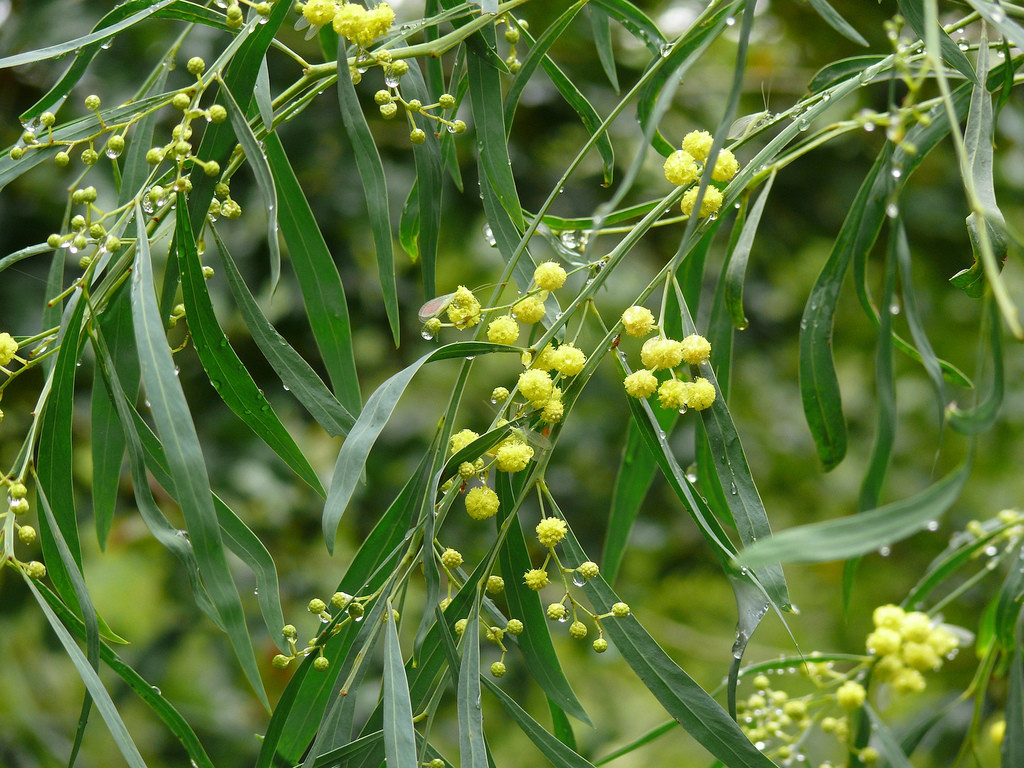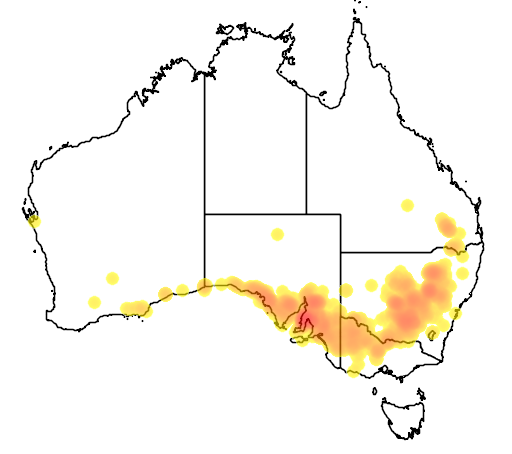Description
Common names
Hakea Wattle, Western Black Wattle, Hakea-leaved Wattle, Black Wattle, Hakea Acacia, Hakea Leaf Wattle.
Scientific names
Acacia hakeoides.
Family
Mimosaceae.
Genus
Acacia.
Name origin
Refers to likeness of "leaves" to those of some Hakeas.
Rainfall
350mm.
Growth rate
Moderate.
Growth height
1-6m.
Presence in Australia
Common in areas west of the Olympic Highway.
This specie has been identified in the following Australian states: Qld, NSW, ACT, Vic, SA, WA.
Habitat
Woodland and mallee, on sand.
Habit
Erect or spreading hairless shrub, mostly 1-6m high. Smooth or finely fissured grey-brown bark and angled or flattened branchlets.
Similar species
Distinguish from Drooping Wattle (A. difformis) by "leaf". Drooping Wattle has lighter green "leaf" and flattened "leaf" stem.
Site preference
Medium to well-drained light to heavy soils. Partial or full sun. Very hardy. Withstands frosts and extended dry periods.
Characteristics
Moderate growth rate. Lifespan up to several decades. Not known to be eaten by livestock.
Flowering
Golden-yellow, usually Jul-Nov.
Seed collection
Early Dec to late Jan.
Propagation
From scarified seed (±12 viable seeds per gram), or cuttings.
Regeneration
Frequently forms dense thickets. Establishes readily when direct seeded.
Shade and shelter
Excellent low-level cover in windbreaks.
Land protection
Useful for controlling soil erosion due to soil-binding fibrous roots. Legume, improves soil fertility by "fixing" nitrogen.
Fuel
Good.
Wildlife
Good habitat. Flowers are a food source for native insects and birds.
Ornamental
Excellent ornamental due to quick growth, prolific flowers and dark foliage.




